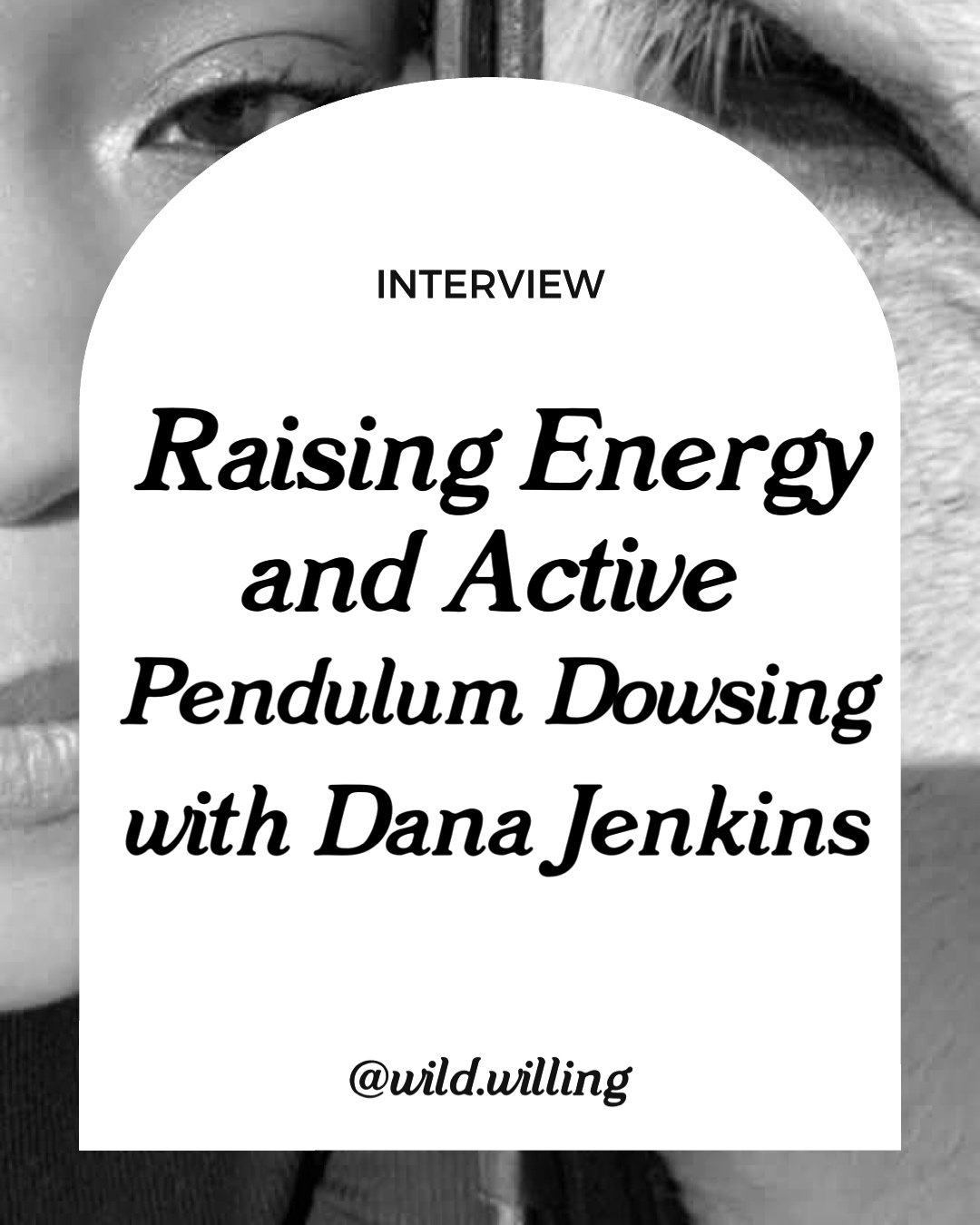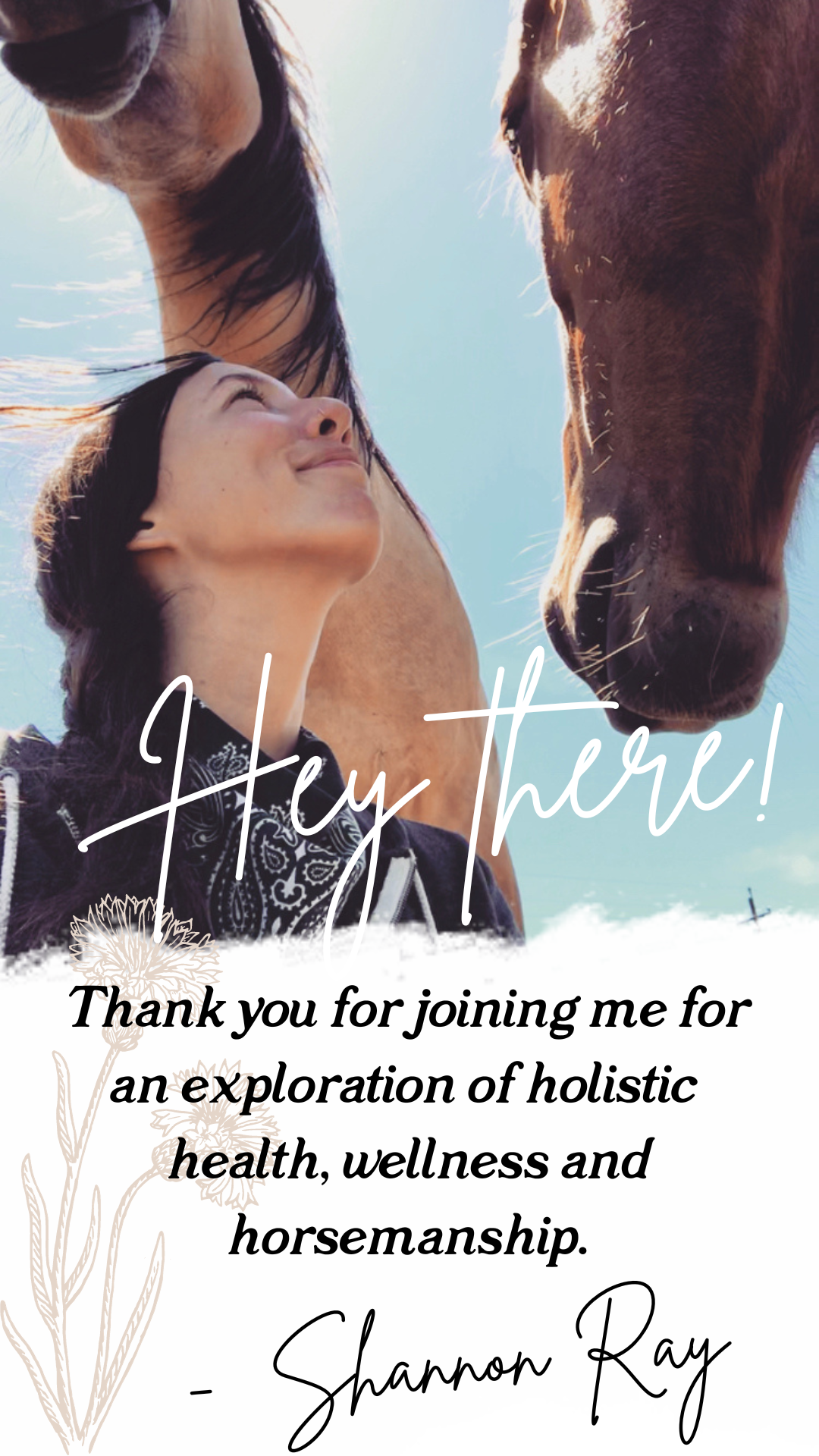Poll Range of Motion Exercise
As horsemanship practitioners, we ask our horses to laterally flex their poll for many basic maneuvers like haltering or bridling them, or in an emergency situation bending their head to stop or slow them.
I was taught to laterally bend my horse as soon as I step into the stirrup and swing my leg over. The reason I was taught this is twofold: first, to make sure that my horse can see me with the opposite eye on the other side, so they don’t spook unexpectedly when they first catch a glimpse of me on their back with their “off eye.” And the second reason being that if a horse’s head is laterally bent they cannot run (or at least run as fast as they would in a straight line), and thus, you can stop them in case of emergency if you have to.
The problem, though, with the lateral flexion that I was taught to do in my practice of natural horsemanship, is that it wasn’t a true lateral bend. At least not in the sense of how the horse’s anatomy is designed to laterally bend at the poll.
I was later taught this poll range of motion exercise, and what a true lateral bend looks like by my mentor Diana Thompson.
To understand why my lateral bends were a swing and a miss, I had to first learn about the anatomy of the horse. So in case you aren’t familiar with equine anatomy, let’s take a look at the structure of the poll joint.
The poll joint is especially interesting because, while a joint consists of two anatomical parts joining together, the poll joint receives its full range of motion from not just two parts coming together, but three.
The poll joint is called the atlanto-occipital joint. It is made up of the poll (occiput) and the atlas vertebrae (first cervical vertebrae). The poll joint is responsible for vertical flexion and vertical extension of the head (‘yes’ movement, or nodding of the head).
The atlas vertebrae attaches to the axis vertebrae (second cervical vertebrae). The joint these two cervical vertebrae form is called the atlantoaxial joint, which is responsible for lateral flexion of the head and neck.
The junctions between the other five of the seven cervical vertebrae also allow for some movement of the neck, but not nearly as much as the atlantoaxial joint. However, the first place to move when lateral flexion is asked for should be the joint designed to accommodate this range of motion: the atlantoaxial joint.
Note: even though the poll joint itself is responsible for the ‘yes’ movement (vertical extension and flexion), the atlanto-axial joint moves the entire head from side to side through it’s lateral flexion movement, therefore the C1-C2 junction can be thought of as an extension of the poll joint.
So now you can probably imagine the reason why the way I was shown to ask for lateral flexion was missing the mark. From the saddle, when we ask for a lateral bend, it’s actually easy to see whether the movement is coming from the atlas-axis joint (C1 and C2), or not. If there is tension at the poll, (which there could be for any number of reasons, including poor saddle fit, pain from the bit, or even pain in the limbs and hooves) then the full range of movement of the poll joint and atlantoaxial joint will likely be obstructed.
And thus, if the poll joint is restricted in its movement, the other cervical vertebrae will chime in to get the job done when the horse is being asked for lateral flexion (or vertical flexion and extension for that matter). That’s when we start seeing the horse tilting their head instead of turning (eyes unlevel), or refusing to bend period.
That’s why before simply expecting my horse can flex their head when I ask them from the saddle, or on the ground, I have started to do range of motion exercises to help the occiput, atlas, and axis stay in good shape.
Now that we’ve covered some of the nitty gritty anatomy, let’s dive into the hands-on how-to of the poll range of motion exercises.











